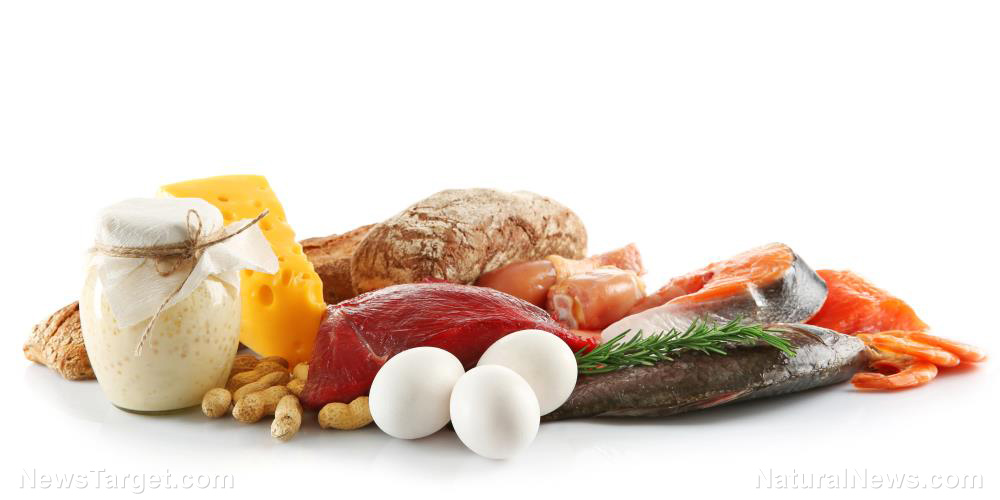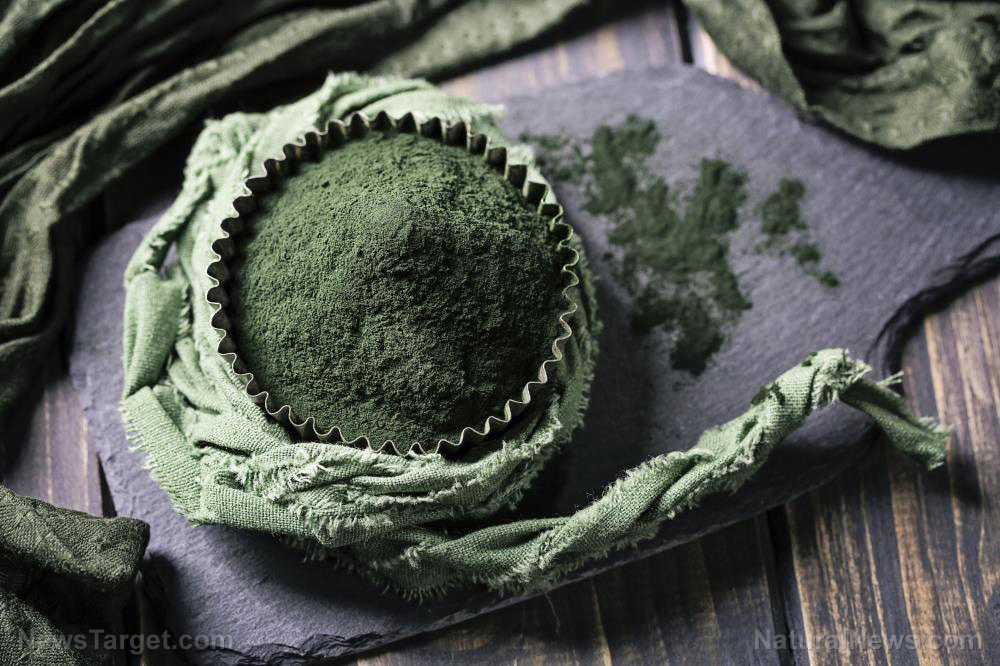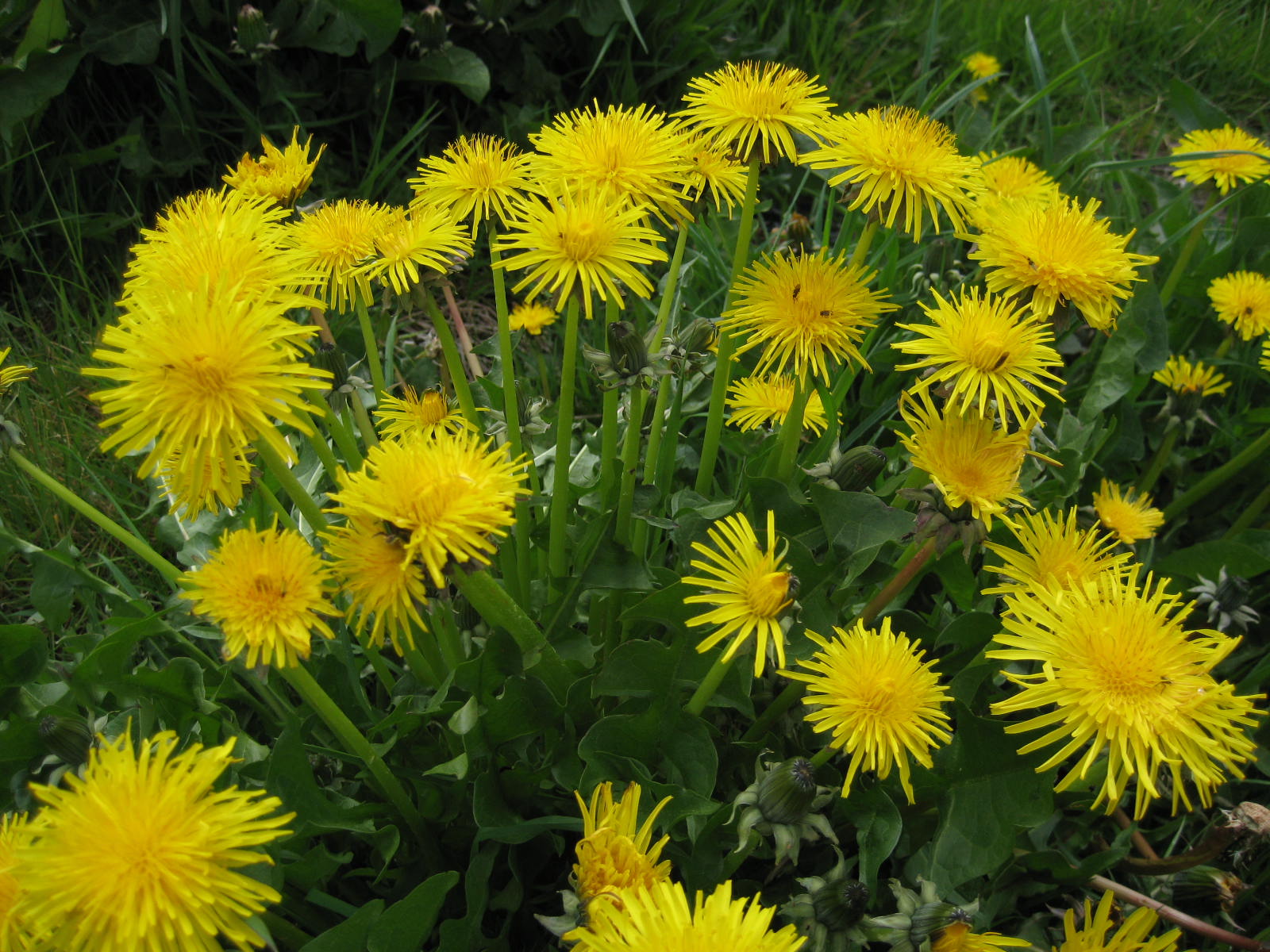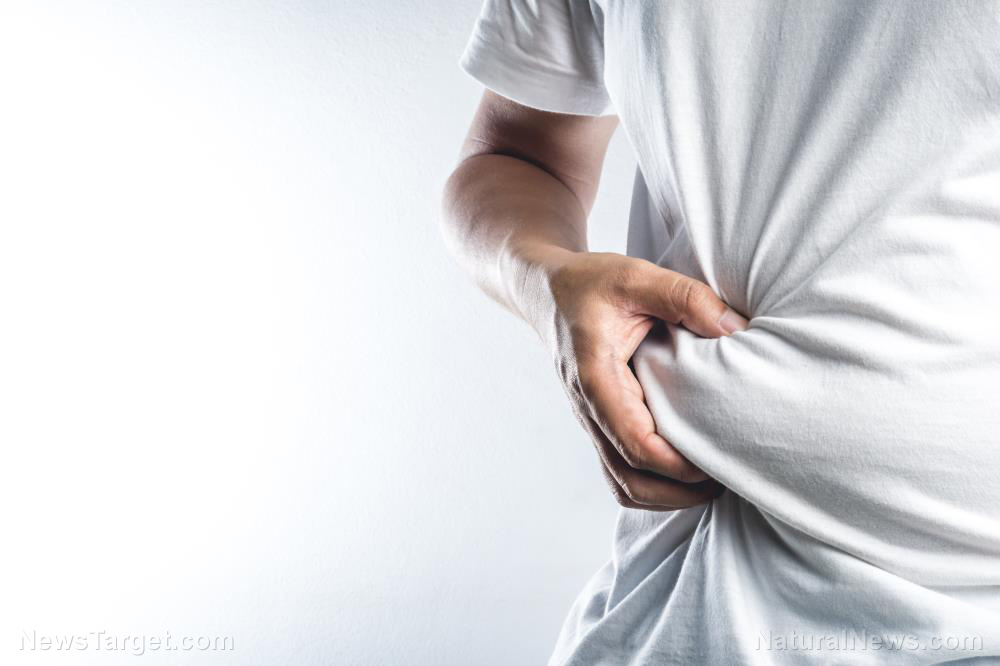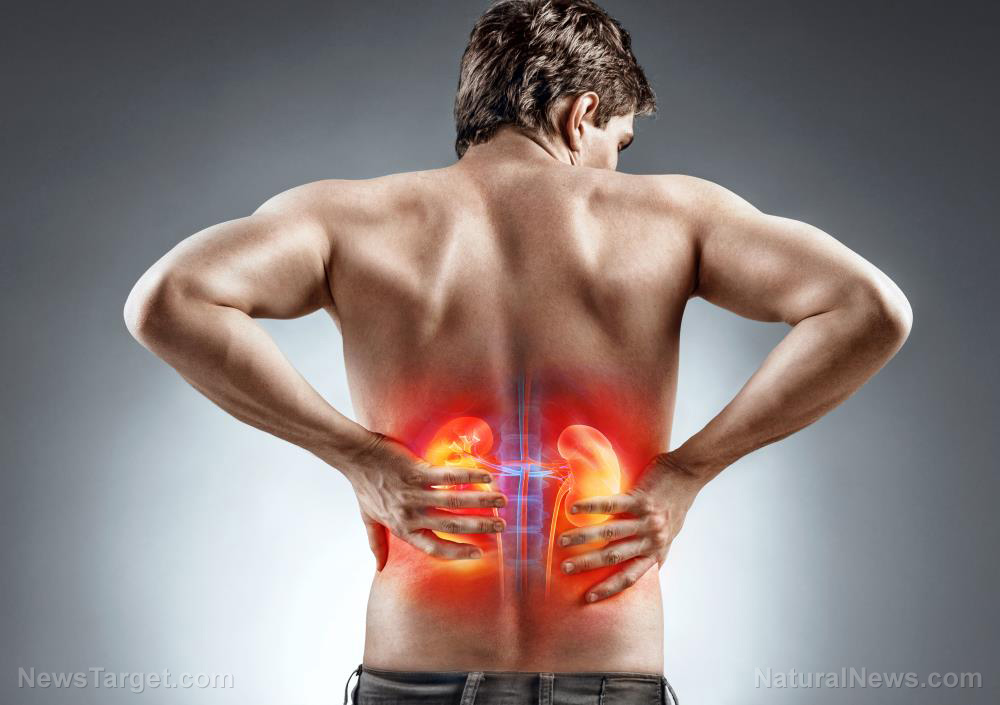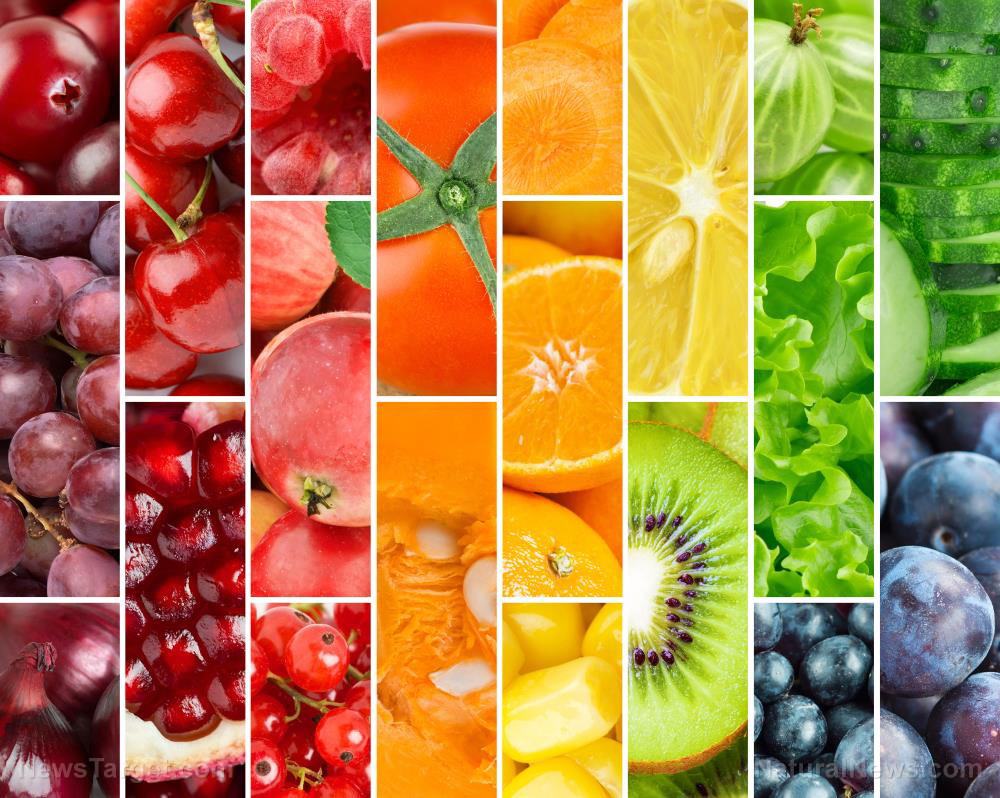New research finds vitamin C can prevent cell damage caused by toxins in drinking water
06/03/2019 / By Edsel Cook

Illinois-based researchers tested out the effect of natural antioxidants – vitamin C and epigallocatechin gallate – on hexavalent chromium. They reported that the two antioxidants appear to inhibit the toxic effects of the increasingly widespread water contaminant.
Hexavalent chromium is a heavy metal that has many industrial applications. It is a crucial part of chemicals employed in carbon and stainless steel welding, iron and steel foundries, cement, electroplating, and textile dyeing.
Compounds with hexavalent chromium are considered occupational carcinogens by the National Institute for Occupational Safety and Health (NIOSH) of the CDC. Short-term exposure can harm the eyes, skin, and respiratory system, while extensive and prolonged exposure to the toxic metal may lead to the onset of cancer. Experts remain unaware of the specific means by which the heavy metal achieves its cancer-causing effects.
The intensive use of hexavalent chromium ensures that a large quantity of this heavy metal gets discharged into the environment despite the efforts of water treatment facilities. The water pollutant ends up contaminating vital sources of drinking water for more than 200 million people in the U.S. alone. (Related: Dirty supplements: 90% of vitamin C comes from toxic China.)
Vitamin C and epigallocatechin gallate can protect human cells from a toxic heavy metal
Olivet Nazarene University (ONU) researchers recently investigated the ability of antioxidants to protect cells from the cytotoxic effects of hexavalent chromium. Antioxidants are known to protect cells from the damaging effects of free radicals and inflammatory responses, so it might be possible for them to achieve the same beneficial effect against the heavy metal.
In their experiment, the researchers cultured two different types of human cells and exposed them to varying concentrations of hexavalent chromium. After analyzing the results, they reported that both types of cells displayed cytotoxic effects after getting exposed to at least 200 parts per billion (ppb) of the toxic metal.
For the second phase of their experiment, they applied either 10 parts per million (ppm) of vitamin C or 15 ppm of epigallocatechin gallate to similar human cell cultures. Vitamin C is perhaps the most well-known natural antioxidant, while epigallocatechin gallate is the most abundant antioxidant present in green tea. Once the cultures got treated with antioxidants, the researchers exposed the cells to increasing levels of hexavalent chromium.
The researchers reported that treating human cell cultures with either vitamin C or epigallocatechin gallate protected the cells from the cytotoxic effect of hexavalent chromium. Even exposure to more than 200 ppb of the heavy metal did not cause any harm. Furthermore, both antioxidants did not harm the cells, confirming the safety of their use for humans.
Antioxidants may prevent the cytotoxic effects of hexavalent chromium
In separate experiments held by the ONU researchers, bacterial cultures underwent exposure to at least 20 ppb of hexavalent chromium. While the minimum concentration measured only 10 percent of the cytotoxic level for human cells, it proved harmful enough to cause mutations in the DNA of the bacteria.
Again, the researchers treated the cells with vitamin C. They applied 20 ppm of the antioxidant, twice the dose used in the human cell experiment. They found that treating the bacteria with vitamin C protected the microbes from the DNA-damaging effect of hexavalent chromium.
The results of the ONU experiments indicated that the toxic effects of hexavalent chromium came from an oxidative reaction. Oxidation can be stopped by antioxidants, thereby suggesting that an antioxidant-based approach could treat water contaminated by hexavalent chromium and its chemical compounds.
In addition to offering a potential way of protecting public health from contaminated drinking water, the data can also help guide the monitoring and regulation of water quality.
Sources include:
Tagged Under: antioxidants, clean water, contaminated water, cytotoxic, epigallocatechin gallate, hexavalent chromium, nutrients, prevention, Public Health, remedies, research, toxic elements, toxic water, toxins, vitamin C, vitamins
RECENT NEWS & ARTICLES
COPYRIGHT © 2017 PREVENTION NEWS




